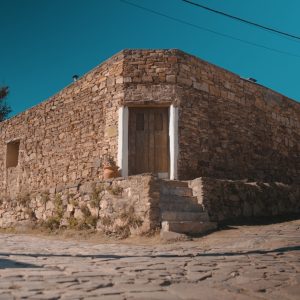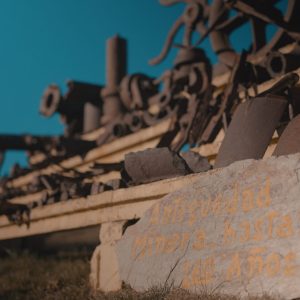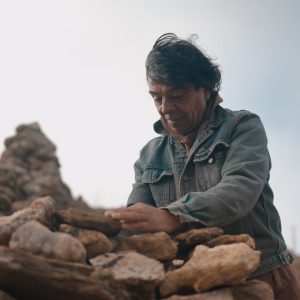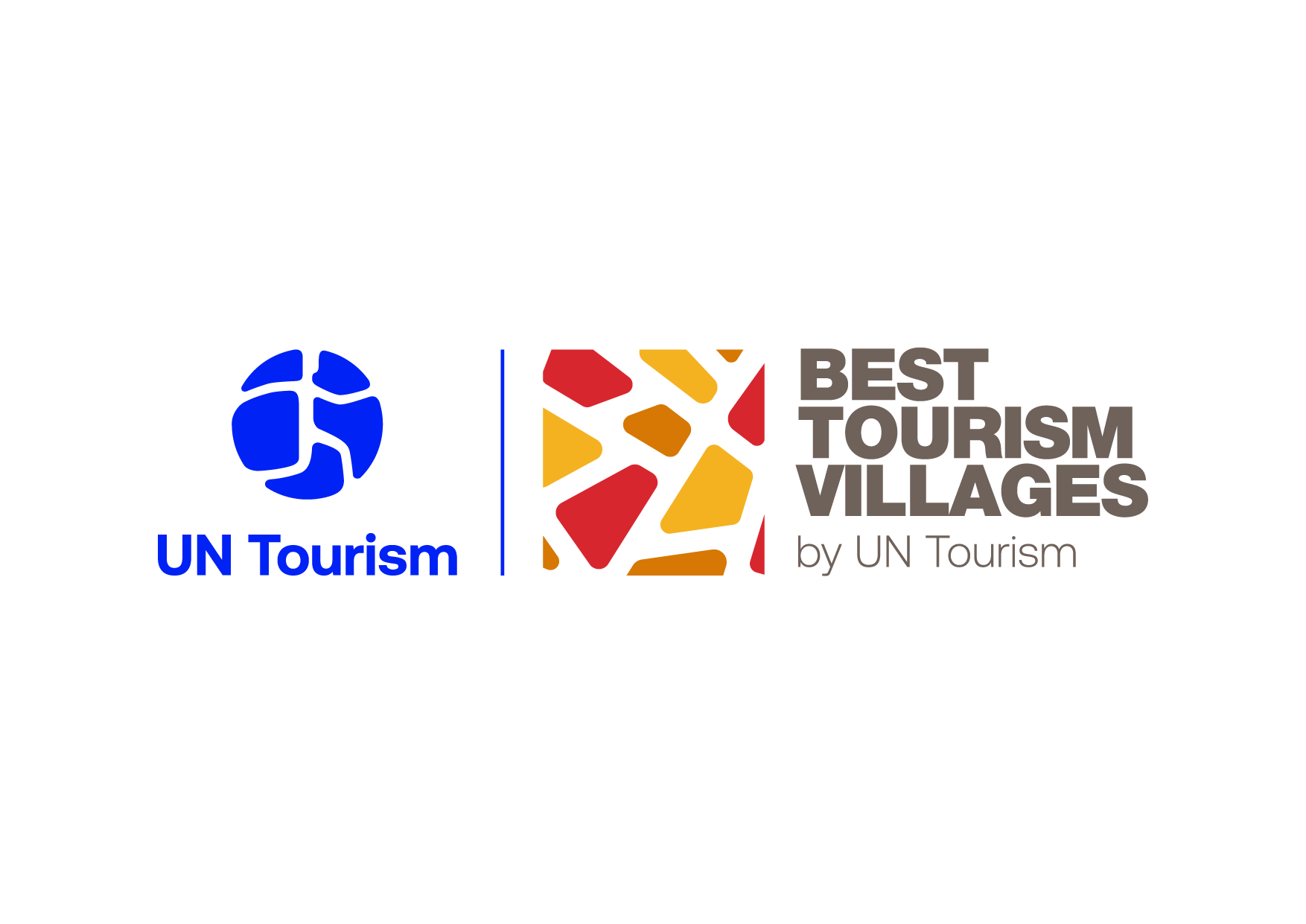The village of La Carolina is a long, rustic, cobbled street, surrounded by stone houses that retain their colonial style and the nostalgia of having been the birthplace of legendary gold seekers. The fever for gold mining left behind only mine shafts, excavations, and old miner stories.
La Carolina is located 86 km from the city of San Luis, at an altitude of about 1,600 meters above sea level. The village, born out of the desire to exploit mineral resources, was named “La Carolina” in honour of Carlos III of Spain.
La Carolina is a living testament to the splendour of gold mining. Due to its unique characteristics in San Luis province and Argentina, La Carolina was recognized as one of the “authentic villages” in the country, a recognition reserved for places with well-preserved and managed historical heritage.
Today, transformed into one of the main tourist destinations in the province, it attracts visitors who embark on expeditions inside the mines, visit the Stone Church, go horseback riding, climb the Tomolasta, and explore the Museum of Handwritten Poetry, the House of Juan Crisóstomo Lafinur.
One of the main natural and cultural attractions is the cave “Inti Huasi” or “House of the Sun,” where records of aboriginal cultures dating back 9,000 years have been found. This cave is considered one of the most important prehistoric archaeological sites in America and is visited by thousands of people every year.
HIGHLIGHTS
-

Regulations of land use for heritage conservation
Through municipal ordinances, La Carolina provides the legal norms that regulate land use, subdivision, and occupancy in the village’s communal lands. This clear regulation allows for the promotion of initiatives aimed at conserving and promoting its cultural resources, while also enabling the village’s development.
-

Juan Crisóstomo Lafinur Museum
A museum dedicated to poetry, located in the former residence of the renowned writer from San Luis, Juan C. Lafinur. The museum incorporates digital and audiovisual elements. It houses and displays over 1,700 manuscripts from local Spanish-speaking literati and from around the world. It also allows visitors to leave their own authored poems, which will be exhibited according to the changing thematic focus of the museum’s exhibitions.
-

From mining resources to tourist attractions
Starting in 1997, the gold mine was transformed, implementing all the necessary safety measures to turn it into a tourist attraction. During guided tours of the site, visitors can venture inside the mining tunnel, which stretches for about 300 meters. In the village, one can also try their hand at gold panning in the Amarillo River. By using a mixture of tasteless water and river sand, a swirling pan is employed to allow the gold to precipitate at the bottom of the conical dish, commonly referred to as a “Chinese hat” or mining fountain.

